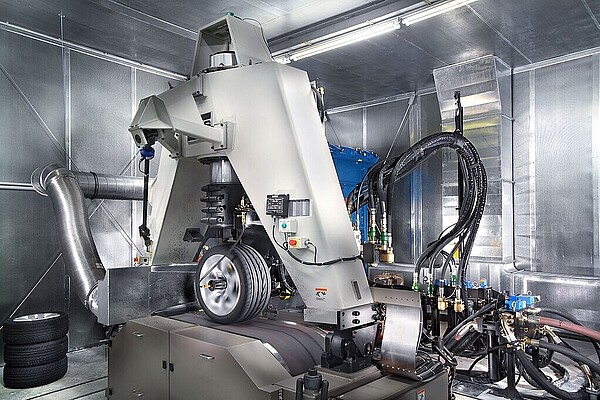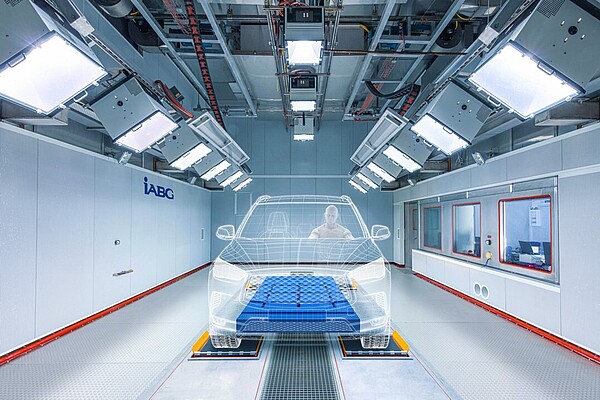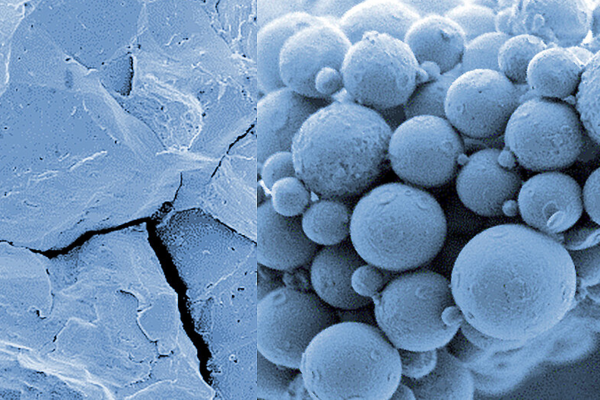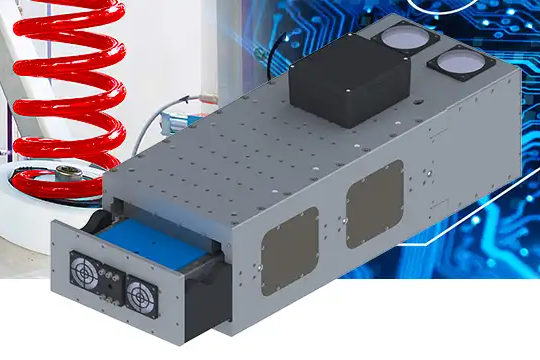- Home
- Industries
- Automotive
- Home
- Industries
- Automotive
Automotive
German industrial history has been closely linked to the evolution of the automobile, and we have proudly contributed to this journey: starting as a partner in enhancing vehicle safety, and now extending our expertise to safeguarding innovative AI systems. As the industry progresses toward the widespread adoption of electric drives and hydrogen technologies, we support companies in smoothly integrating these advancements into practice. Through our Mobility Innovation Campus and our developments in inductive charging for electric vehicles, we are pushing two key technologies forward.
As one of Europe’s leading independent test and development service providers, we create custom test benches and solutions tailored to our clients’ needs. Our test facilities are accredited and certified according to relevant standards, allowing our clients to qualify and validate technological innovations—whether for complete vehicles, systems, components, or materials.
We offer our consulting and engineering services both at our own test center and on-site at the client’s location. Our project managers, consultants, simulation experts, and function developers are available wherever they are needed. As a trusted service provider in critical areas, we know that successful partnerships are built on trust and reliability. We adhere strictly to security guidelines and ensure absolute confidentiality in all our engagements.
How can we help you?
Please fill in the form and we will get in touch with you as soon as possible.






